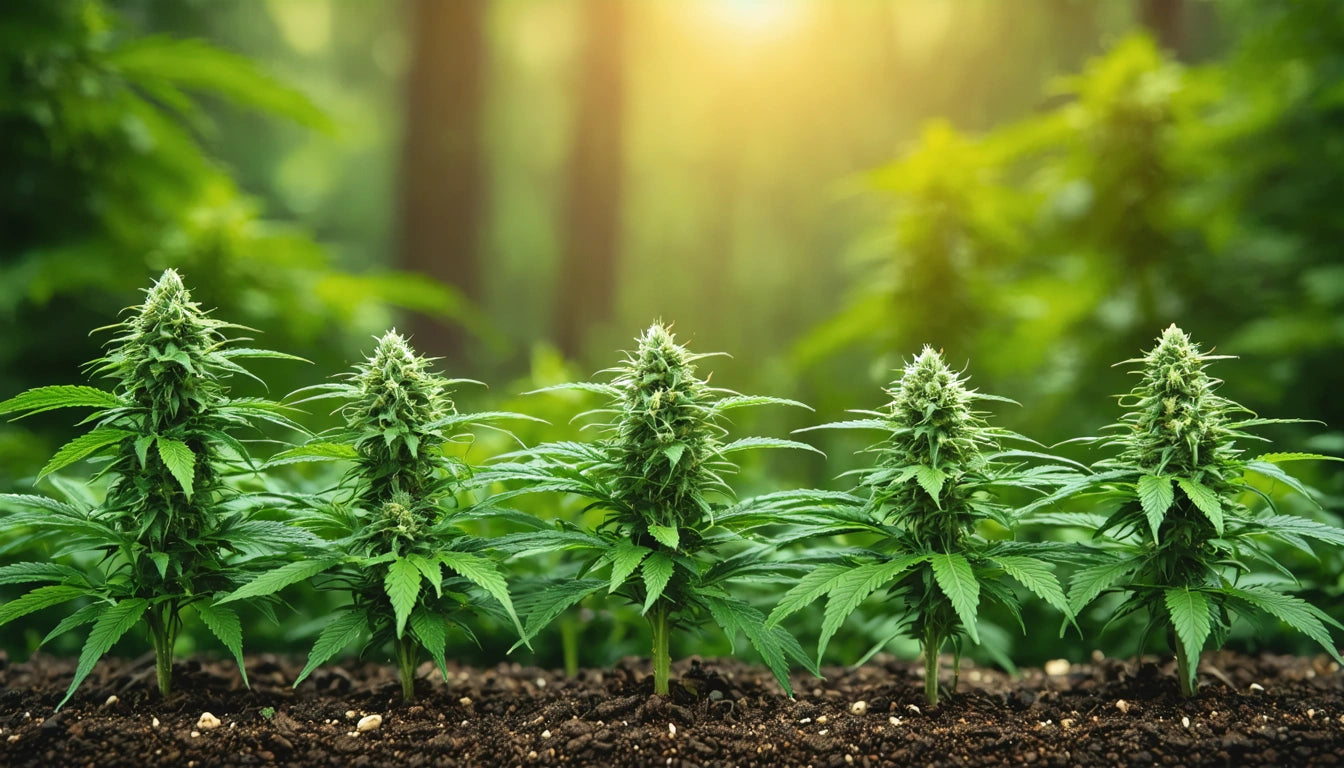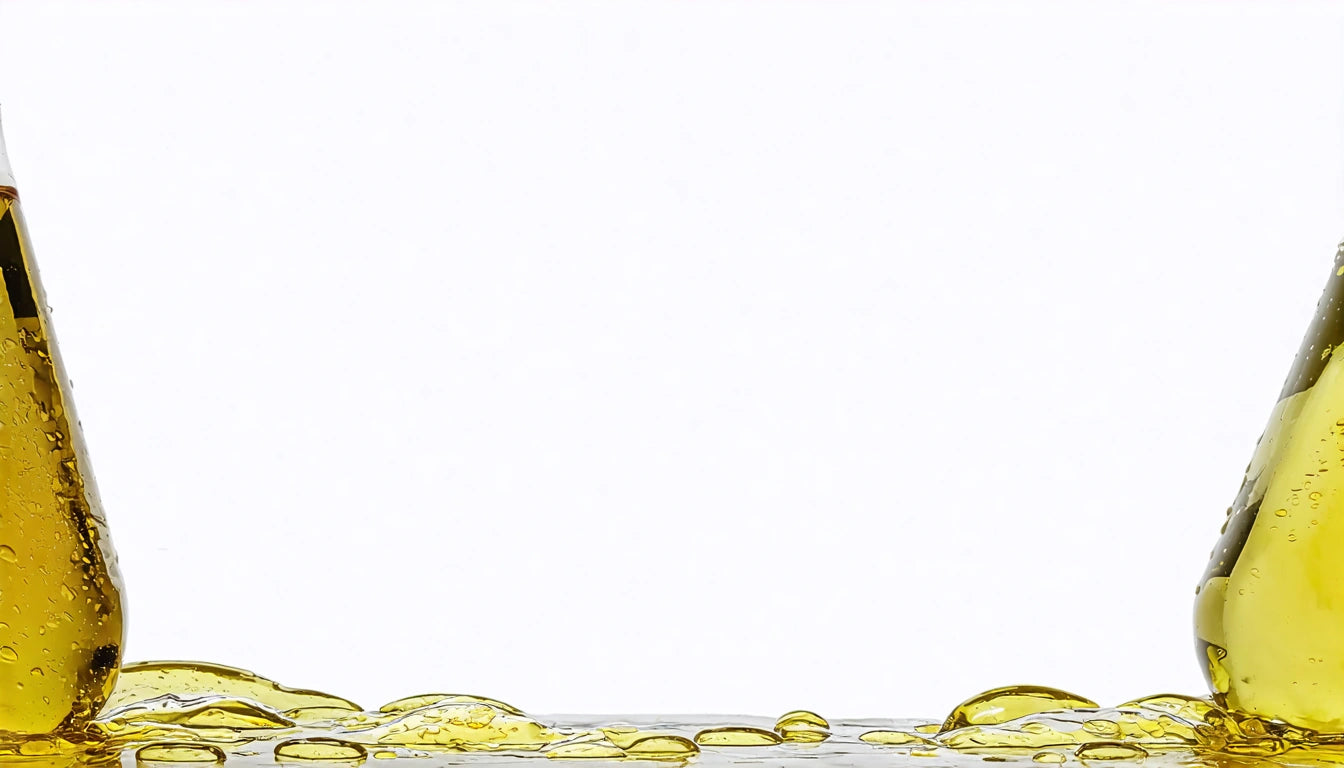Table of Contents
- What Are Autoflower Seeds: The Basics
- Autoflower vs Regular Seeds: Key Differences
- Benefits of Growing Autoflowering Cannabis
- Popular Autoflower Strains and Characteristics
- Growing Techniques for Autoflowering Plants
- Maximizing Autoflower Yields: Expert Tips
- Future Developments in Autoflowering Cannabis
Understanding Autoflower Seeds: A Comprehensive Guide
Autoflowering cannabis has revolutionized how cultivators approach growing marijuana, offering unique advantages for both novice and experienced growers. If you've been wondering what autoflower seeds are and how they differ from traditional cannabis varieties, this guide will provide you with everything you need to know about these remarkable plants.
What Are Autoflower Seeds: The Basics
Autoflowering seeds produce cannabis plants that automatically transition from vegetative growth to flowering based on age rather than light cycle changes. This distinctive trait comes from Cannabis ruderalis genetics, a hardy cannabis subspecies that evolved in northern regions with short growing seasons and limited light.
The defining characteristic of autoflowers is their ability to flower automatically after a certain period, typically 2-4 weeks after germination, regardless of light schedule. This automatic flowering mechanism is what gives these plants their name and distinguishes them from photoperiod-dependent varieties.
Autoflower vs Regular Seeds: Key Differences
Understanding the differences between autoflower and regular (photoperiod) seeds is crucial for cultivators. Here are the key distinctions:
- Light Requirements: Regular cannabis plants require specific light/dark cycles (typically 12/12) to trigger flowering. Autoflowers will flower regardless of light schedule.
- Growing Cycle: Autoflowers complete their entire lifecycle in 7-10 weeks from seed to harvest, while photoperiod plants can take 3-5 months or longer.
- Size: Autoflowers tend to be smaller and more compact, making them ideal for discreet growing or limited spaces.
- Yields: Traditional photoperiod plants typically produce larger yields, though modern autoflower genetics have significantly improved yield potential.
- Training Options: Autoflowers have less time to recover from high-stress training techniques due to their short lifecycle.
As explained in our guide on autoflowering cannabis seeds, these differences make autoflowers particularly suitable for certain growing scenarios.
Benefits of Growing Autoflowering Cannabis
Autoflowering cannabis offers several advantages that have contributed to its growing popularity:
Quick Harvests
With their accelerated growth cycle, autoflowers allow for multiple harvests per season outdoors or year-round growing indoors. This rapid turnaround makes them ideal for commercial operations and impatient home growers alike.
Resilience and Adaptability
Thanks to their ruderalis heritage, autoflowers tend to be more resistant to pests, diseases, temperature fluctuations, and other environmental stressors. This hardiness makes them forgiving for beginners and reliable for experienced growers.
Discretion and Space Efficiency
The naturally compact stature of autoflowering plants makes them perfect for stealth growing, balcony gardens, or any situation where space is limited. Their smaller size also means they can be grown in smaller containers, which is ideal for indoor cultivation.
When storing harvested autoflower buds, proper containers are essential. Our selection of secure storage options with child-resistant lids helps maintain freshness while ensuring compliance with safety regulations.
Popular Autoflower Strains and Characteristics
The market for autoflowering strains has expanded dramatically in recent years. Some popular varieties include:
Do Si Dos Autoflower
Do Si Dos autoflower is a potent indica-dominant hybrid known for its powerful relaxing effects and sweet, earthy flavor profile. This autoflowering version maintains the desirable traits of the original while offering the convenience of automatic flowering.
Northern Lights Auto
This classic indica strain in autoflowering form delivers the same relaxing, euphoric effects with a faster growing cycle. It's renowned for its resin production and resilience to growing conditions.
Amnesia Haze Auto
A sativa-dominant autoflower that provides energizing, creative effects while being much easier to grow than its photoperiod counterpart. It features citrus and earthy flavors with impressive potency.
Growing Techniques for Autoflowering Plants
Cultivating autoflowers requires some adjustments to traditional cannabis growing methods:
How to LST Autoflower Plants
Low Stress Training (LST) is particularly valuable for autoflowers. This technique involves gently bending and securing branches to create a more even canopy that maximizes light exposure. When applying LST to autoflowers:
- Start early, ideally during weeks 2-3
- Use soft plant ties or pipe cleaners to avoid stem damage
- Be gentle and gradual with bending to prevent stress
- Focus on creating a flat, even canopy rather than dramatic reshaping
For detailed guidance on autoflower cultivation techniques, refer to our ultimate guide to growing autoflowering cannabis.
Optimal Growing Medium
Autoflowers thrive in light, airy growing mediums that promote rapid root development. Many growers prefer:
- Coco coir mixed with perlite (70:30 ratio)
- Light, pre-fertilized soil designed for cannabis
- Soilless mixes that offer excellent drainage and aeration
Understanding the growth and flowering timeline of autoflowers helps growers provide appropriate care at each development stage.
Maximizing Autoflower Yields: Expert Tips
While autoflowers typically produce less than photoperiod plants, several strategies can help maximize your harvest:
Lighting Optimization
Many successful autoflower growers use 18/6 or 20/4 light schedules throughout the entire growth cycle. This provides ample energy for photosynthesis while allowing some recovery time.
Nutrient Management
Autoflowers generally require lighter feeding than photoperiod plants. Start with nutrients at 1/4 to 1/2 strength and gradually increase based on plant response. Over-fertilization is a common mistake that can stunt autoflower growth.
Container Selection
To avoid transplant shock, many growers start autoflowers in their final containers, typically 3-5 gallon pots. This allows uninterrupted root development throughout their short lifecycle.
For more strategies on improving yields, check out our guide on maximizing autoflower yields.
Future Developments in Autoflowering Cannabis
The world of autoflowering cannabis continues to evolve rapidly. Breeders are constantly working to address the traditional limitations of autoflowers, such as lower THC content and smaller yields. The latest generation of autoflowering strains now regularly tests above 20% THC and produces yields comparable to some photoperiod varieties.
We're also seeing increasing specialization in autoflower breeding, with strains being developed for specific growing environments, medical applications, and cannabinoid profiles. As legalization expands globally, autoflowers are positioned to become even more popular due to their ease of cultivation and rapid production cycle.
Whether you're a commercial grower looking to maximize production efficiency or a home cultivator with limited space and time, understanding what autoflower seeds are and how to work with their unique characteristics can help you achieve successful harvests with minimal complications.











Leave a comment
All comments are moderated before being published.
This site is protected by hCaptcha and the hCaptcha Privacy Policy and Terms of Service apply.